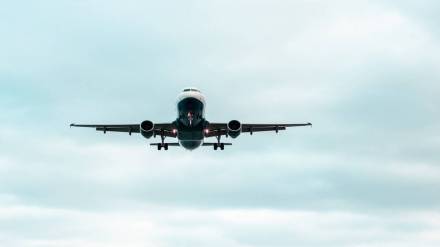India’s civil aviation industry is forecasted to report a net loss of Rs 2,000 to Rs 3,000 crore in FY25 and FY26, according to a report by ICRA. Persistent supply chain disruptions and engine issues have constrained capacity over the last 18 months and are likely to persist. Despite these challenges, the sector is poised for moderate growth in domestic and international passenger traffic.
Rising Passenger Traffic in FY24
Domestic air passenger traffic was estimated at 153 lakh in December 2024, a 7.3 per cent increase from November 2024 and 10.8 per cent higher year-on-year. Additionally, it surpassed pre-COVID levels by 17.5 per cent. Airlines also deployed 7.5 per cent more capacity in December 2024 compared to December 2023, reflecting robust demand.
Growth Outlook for FY25
ICRA projects domestic air passenger traffic growth to taper to 7-10 per cent in FY25, compared to 13 per cent in FY24, due to a high base effect and weather-related disruptions in the first half of FY25. International passenger traffic for Indian carriers is expected to grow by 15-20 per cent in the same period.
The industry experienced improved pricing power in FY24, leading to higher yields and a favorable RASK-CASK spread. While this momentum is expected to continue, yields might come under pressure as airlines aim to maintain healthy passenger load factors.
Supply Chain Challenges
The aviation industry continues to grapple with supply chain constraints and engine-related issues, which have hampered capacity expansion. These challenges are anticipated to persist, impacting overall operations in the short term.
ICRA maintains a stable outlook for the aviation industry, citing expectations of a relatively stable cost environment and sustained demand growth. While the sector faces immediate challenges, its long-term growth prospects remain intact, bolstered by increasing domestic and international travel demand.
India’s aviation industry, despite projected short-term losses, is navigating a path toward recovery, supported by growing passenger traffic and operational resilience.
